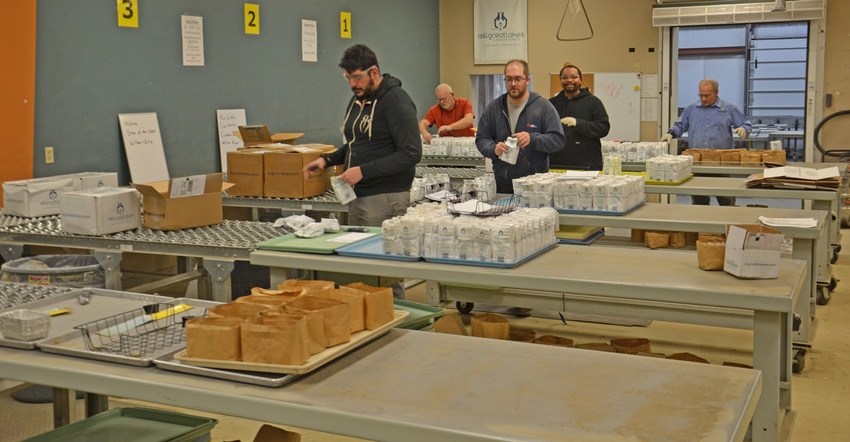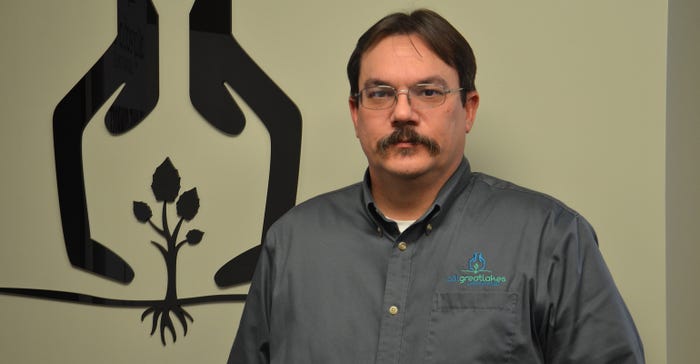
Suppose you get soil test results and compare values to when the same fields were sampled three years ago. You notice differences in phosphorus and potassium values that you can’t explain based on crop removal and fertilizer applied. Where do you start looking for an explanation?
“The first place we would advise looking is at sampling depth,” says Jamie Bultemeier, an agronomist and director of sales and marketing for A&L Great Lakes Labs, Fort Wayne, Ind. “Were soil samples in both years pulled by the same firm? Even if they were, were they pulled by the same person? Even small differences in sampling depth can make a big difference in soil test results. It’s easily the No. 1 factor where error can enter into soil sampling.”
Randall Warden, president and CEO of A&L Great Lakes Labs, agrees. “It’s just critical that samples are pulled at the same depth each time,” he says.
That explains why professional soil samplers often paint a mark or make a notch at a set depth on a soil probe. They want cores pulled to that depth each time.

DEPTH MATTERS: If your latest soil test results varied more than you expected from previous tests on the field, go back and determine if you sampled at the same depth, Jamie Bultemeier says.

So why does it matter if you pull some cores at 6 inches deep and some at 8? “There can often be a big difference in the amount of nutrients like P and K at various depths in the soil,” Bultemeier explains. “Typically, the deeper you go, the lower the P and K concentration in most soils. P and K levels tend to be higher in the upper few inches.”
If you mix in soil from deeper depths with fewer nutrients, it can dilute the sample and result in a lower overall reading, he says. Likewise, if you pull at a shallower depth than you did previously and have more soil where P and K are more concentrated, you’re going to see higher values.
“Even a 2-inch difference in soil sampling depth can cause a 20% to 25% difference in test results,” Bultemeier explains. “It’s even more critical in no-till fields since P and K tend to be more stratified nearer the surface.”
Most consultants, or even larger farms, that pull samples tend to have a set procedure for sampling, he says. They typically sample the same time of year, pull the same number of cores per sample and sample to the same depth. “That’s really critical to getting consistent results,” he says.
If you’re sampling and hit a spot where it’s tougher to get the probe in, don’t settle for a 6-inch sample if you’re sampling at 7 inches. Throw that core out. Don’t throw it into the sample bucket, Bultemeier concludes.
About the Author(s)
You May Also Like




